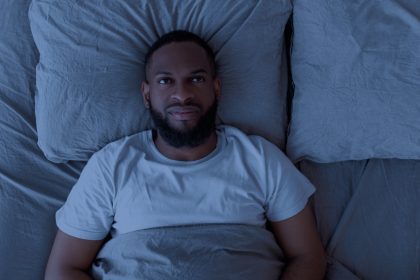In a world that often feels overwhelming and unpredictable, shopping can offer a temporary escape—a momentary sense of control in an otherwise chaotic environment. Whether it’s the thrill of a new purchase or the satisfaction of finding a good deal, many people turn to shopping as a way to fill emotional and mental voids.
This behavior, often referred to as “retail therapy,” is not just about acquiring new things but about addressing deeper psychological needs. The act of shopping can trigger a rush of endorphins, similar to what one might experience from exercise or eating comfort food. This temporary high can help alleviate feelings of loneliness, stress, or anxiety, making it an appealing option for those seeking relief from their emotional struggles.
However, while shopping can provide a short-term solution, it often leads to long-term challenges, including financial stress and deeper emotional issues.
The emotional comfort of shopping
Shopping is often used as a coping mechanism to deal with a range of negative emotions. Whether it’s sadness, frustration, or boredom, the act of buying something new can create a sense of satisfaction that distracts from the underlying issues. For many, the process of browsing, selecting, and purchasing can be meditative, offering a temporary reprieve from their problems.
This emotional comfort is rooted in the sense of accomplishment that comes with shopping. The act of making a purchase can give a person a sense of control and agency, which is particularly appealing when other areas of their life feel out of control. Additionally, the anticipation of receiving a new item can create excitement and provide something to look forward to, further enhancing the emotional benefits of shopping.
However, this comfort is often fleeting. The initial excitement of a purchase can quickly fade, leaving behind the same emotional voids that prompted the shopping spree in the first place. This can lead to a cycle of compulsive buying, where individuals continuously shop to chase that temporary high, ultimately exacerbating their emotional and financial problems.
The psychological appeal of retail environments
Retail environments are designed to appeal to our senses and emotions. From the layout of the store to the lighting and music, every element is carefully curated to create a pleasant and enticing atmosphere. This environment can make shopping feel like a rewarding experience, encouraging consumers to spend more time and money.
The psychological appeal of these environments is often linked to the concept of self-identity. Many people use shopping as a way to express themselves and shape their identity. The items they choose to buy can reflect their tastes, values, and aspirations, giving them a sense of purpose and belonging. For some, shopping becomes a way to fill emotional voids by constructing an idealized version of themselves through their purchases.
Moreover, the rise of online shopping has made it even easier to seek comfort in retail therapy. The convenience of browsing and buying from the comfort of one’s home, combined with personalized recommendations and targeted advertising, creates an environment where shopping can feel more accessible and rewarding. This ease of access can make it difficult for individuals to break free from the cycle of using shopping to cope with emotional voids.
The hidden costs of retail therapy
While shopping can provide temporary relief, it often comes with hidden costs that can exacerbate emotional and mental struggles. One of the most significant risks is the financial strain that can result from excessive shopping. The desire to fill emotional voids with material possessions can lead to overspending, debt, and financial instability, which in turn can create additional stress and anxiety.
Financial stress can have a profound impact on mental health. The pressure of mounting bills, credit card debt, and the inability to save money can lead to feelings of guilt, shame, and helplessness. This can create a vicious cycle where the individual continues to shop in an attempt to escape these negative emotions, only to worsen their financial situation and emotional state.
Another hidden cost of retail therapy is the impact it can have on relationships. Compulsive shopping can lead to secrecy, lying, and conflicts with loved ones, particularly if the behavior leads to financial problems or neglect of other responsibilities. The strain on relationships can further deepen the emotional voids that the individual was attempting to fill through shopping, leading to feelings of isolation and loneliness.
Finding healthier ways to fill emotional voids
While shopping can provide a quick fix, it’s essential to recognize that it is not a sustainable solution for addressing emotional and mental voids. To break the cycle of retail therapy, individuals need to find healthier ways to cope with their emotions and fill the voids in their lives.
One effective approach is to identify the underlying causes of the emotional voids. This might involve reflecting on past experiences, exploring feelings of inadequacy or loneliness, or seeking the guidance of a therapist. Understanding the root of the problem can help individuals develop more constructive ways to address their emotional needs.
Engaging in activities that promote emotional well-being is another important step. Exercise, creative hobbies, and social connections can all provide a sense of fulfillment and satisfaction that shopping cannot. These activities can help individuals build resilience and develop healthier coping mechanisms, reducing the temptation to rely on shopping as an emotional crutch.
Practicing mindfulness and self-compassion can also be beneficial. Learning to sit with uncomfortable emotions, rather than immediately seeking to escape them, can lead to greater emotional awareness and acceptance. This can help individuals break free from the cycle of compulsive shopping and develop a more balanced approach to managing their emotions.
This story was created using AI technology.

















